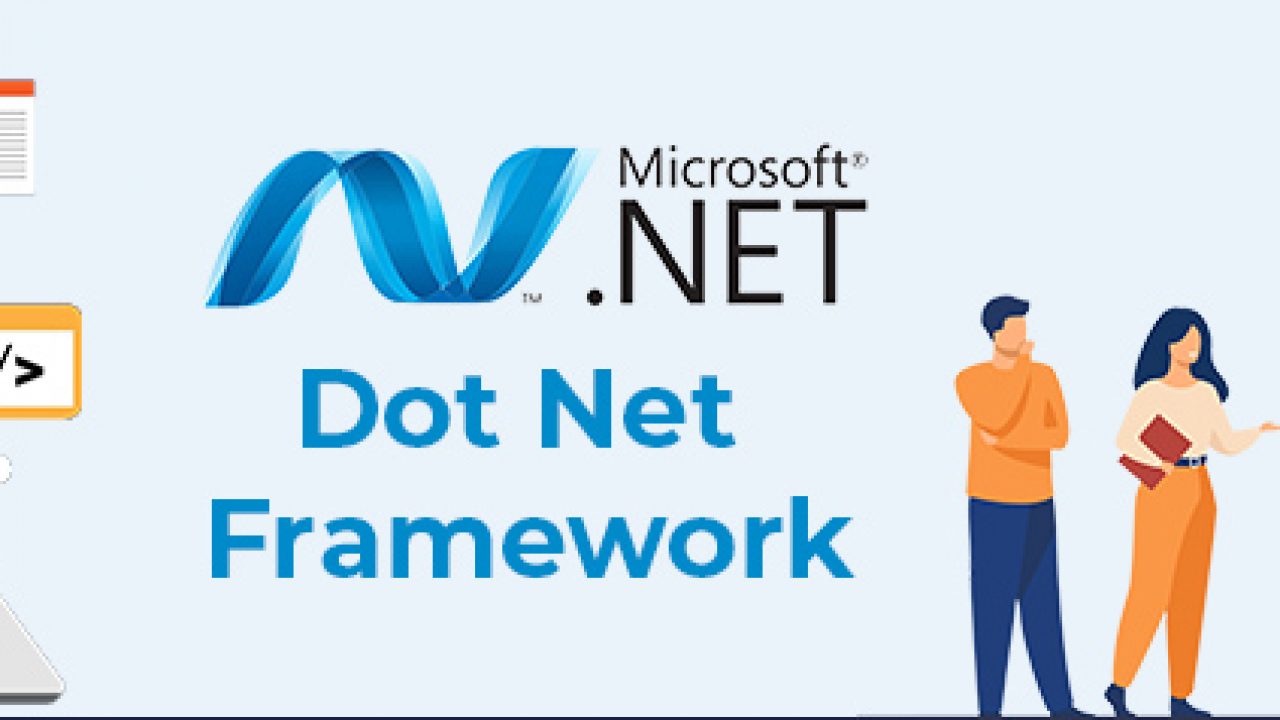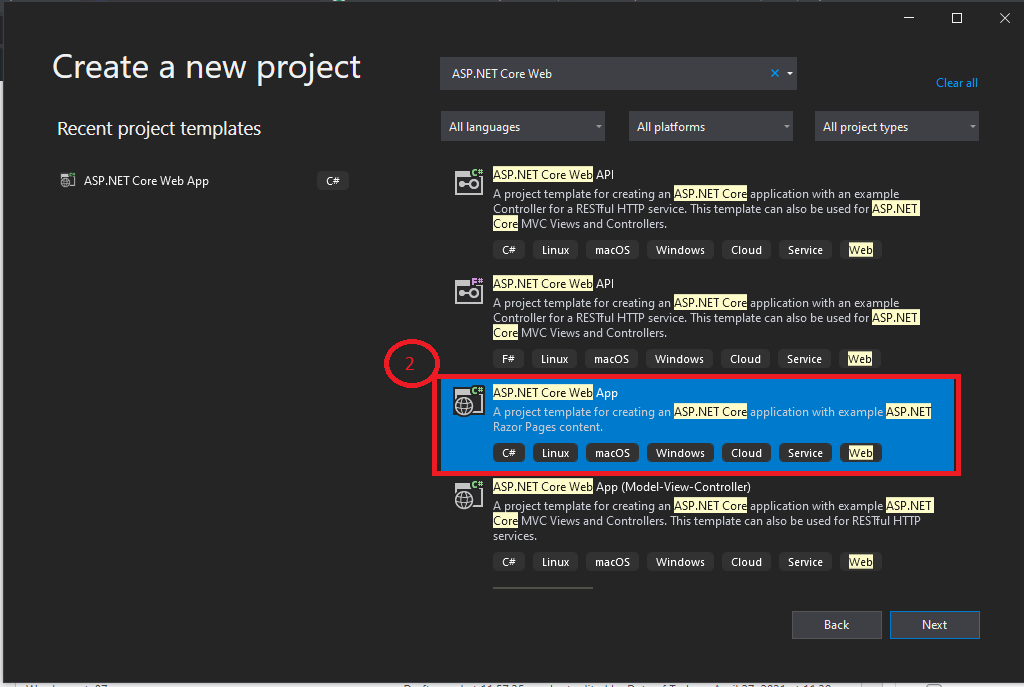Building cross-platform desktop apps with .NET Core and Electron has become a strategic need for companies looking to expand their user base and strengthen their competitive advantage in the quickly changing software development market. With their combined strength, the dynamic combo of .NET Core and Electron redefines how programmers create cross-platform apps. Businesses can now develop adaptable and user-friendly desktop programs that operate without issue on Windows, macOS, and Linux environments thanks to .NET Core’s strong cross-platform capabilities and Electron’s smooth integration of web technologies.
Benefits of Building Cross-Platform Desktop Apps

Cross-platform desktop apps have become popular for companies looking to increase their clientele, save costs, and streamline the development process in the constantly changing world of software development. The advantages of building cross-platform desktop apps with .NET Core and Electron are :
- Expanded User Base: By creating cross-platform compatibility with .NET Core and Electron, companies can serve a wider range of customers who use Windows, macOS, and Linux. Cross-platform apps provide users access to a bigger pool of prospective consumers than conventional single-platform programs, which limit user accessibility. This improved reach has the potential to greatly boost user engagement and brand exposure, resulting in greater conversion rates and company expansion.
- Cost-Effectiveness: The cost considerations play a significant role in every software development project. By utilizing .NET Core with Electron to develop desktop applications, the need for multiple teams and resources is eliminated, resulting in potential cost savings. The shared codebase allows developers to create code once and distribute it across various platforms, thereby reducing both development costs and overall expenses. Over time, optimizing expenses becomes possible by applying updates and bug fixes simultaneously across all platforms.
- Simplified Development and Maintenance: Simplified development and maintenance procedures are one of the primary benefits of cross-platform app development. Developers may simplify managing, testing, and maintaining code by combining .NET Core with Electron. A consistent user experience is guaranteed by quickly implementing codebase modifications across all supported platforms. Common libraries and frameworks also simplify the development process, lowering the possibility of mistakes and fostering effective teamwork.
Overview of .NET Core and Electron
Developers can now create programs that work flawlessly across various operating systems, shattering platform limitations and enhancing user accessibility. Let’s look at .NET Core and Electron and see how they work together to create cutting-edge cross-platform desktop applications.
Introduction to .NET Core:
Microsoft’s game-changing open-source .NET Core framework powers the development of cross-platform desktop programs with unmatched efficiency. .NET Core gives programmers the tools they need to create top-notch programs that work flawlessly on Windows, macOS, and Linux environments, with an emphasis on scalability and performance.
Because there is no longer a need for different codebases, cross-platform compatibility lowers expenses and development time. Combining.NET Core with Electron, built on top of web technologies like HTML, CSS, and JavaScript, greatly increases the possibility of developing accessible and adaptable desktop applications. Partnering with knowledgeable .NET development services, like IntelliSource, becomes essential as organizations want to increase their reach and improve user experiences.
Introduction to Electron:

By using well-known online technologies like HTML, CSS, and JavaScript, the dynamic open-source framework Electron has transformed the creation of cross-platform desktop applications. With Electron, which was first designed for GitHub’s Atom text editor, programmers can construct flexible desktop programs that run without a hitch on Windows, macOS, and Linux platforms.
Eliminating the need for different codebases across platforms assures that organizations may reach a larger customer base while simplifying the development process and lowering expenses. Electron makes building intuitive, effective desktop applications possible with .NET Core. Working with knowledgeable.NET development services like IntelliSource is essential for companies looking to exploit this powerful combo.
Getting Started with Cross-Platform Desktop App Development:
There are a variety of advantages to starting cross-platform compatibility with .NET Core and Electron. Developers can design flexible desktop apps that function flawlessly on various operating systems, including Windows, macOS, and Linux, thanks to the strong cross-platform features of .NET Core and Electron. Businesses may greatly expand their user base and reach using this special cross-platform compatibility. The combined strength of .NET Core and Electron speeds up development by eliminating the time and expense of maintaining two codebases.
1. Building the User Interface
Making an appealing user interface (UI) is vital to cross-platform desktop software development that may greatly influence user happiness and engagement. Developers may go on an effective and simplified path to create aesthetically pleasing UIs that are user-friendly across various operating systems thanks to the combined strength of .NET Core and Electron.
Developers have a versatile and comfortable environment to create dynamic and interactive interfaces because Electron integrated web standards, including HTML, CSS, and JavaScript. A separate UI development effort for each platform is unnecessary, thanks to Electron’s cross-platform compatibility, which keeps the UI functional and consistent across Windows, macOS, and Linux platforms. This revolutionary integration offers customers a native-like experience regardless of their chosen operating system while saving time and resources.
Furthermore, .NET Core gives companies the tools they need to design specialized user experiences that complement their corporate identity and target audience. The UI features of .NET Core provides a broad variety of design options, enabling developers to include distinctive visual components and user interactions.
A common codebase allows developers to collaborate on the UI design, enhancing the development process’ agility and lowering the likelihood of platform discrepancies.
IntelliSource is an experienced .NET development services company that can help organizations construct cross-platform desktop programs with outstanding user interfaces.
2. Integrating Functionality and APIs
The integration of functionality and APIs in cross-platform desktop programs using .NET Core with Electron requires a seamless approach. These frameworks, when combined, provide programmers with a broad range of tools and APIs to enhance the functionality of their applications and deliver a smooth user experience.
A wide range of programs and libraries are readily available for .NET Core. These resources offer a multitude of features that seamlessly enhance the app development process. By simplifying the integration of essential functionalities, .NET Core enables high-performance and efficient execution across different platforms. This encompasses effective data processing management and implementation of advanced algorithms.
However, Electron gives developers access to a wide range of web-based APIs, allowing them to use numerous online services and features. Electron’s use of web technologies makes it simple to integrate with online APIs, expanding the app’s functionality and putting real-time changes and data at the user’s fingertips.
3. Testing and Debugging
To guarantee the highest quality and faultless user experience across numerous operating systems, thorough testing and debugging are crucial when developing cross-platform desktop applications with .NET Core and Electron.
The comprehensive testing features of .NET Core, including unit evaluation and integration testing, enable developers to identify and fix possible problems early in the development process. By ensuring that each component works properly and communicates with one another, these tests reduce the likelihood that the final product will include problems and mistakes.
As an open-source framework, Electron benefits from a large developer community that continuously tests and fixes the system. This continuing procedure ensures a secure and trustworthy basis for creating cross-platform apps by helping quickly detect and address problems.
Thorough testing is much more important when integrating APIs and capabilities. To provide a smooth and consistent user experience, confirming that different APIs operate together and across diverse platforms is crucial.
Equally important to the development process is debugging. Both .NET Core and Electron include robust debugging tools that let developers quickly find and fix problems. These frameworks’ combined strength makes finding problems and possible performance bottlenecks easier, accelerating the debugging stage and assuring a more seamless development cycle.
Businesses can rest easy knowing their cross-platform desktop applications go through careful testing and debugging with the help of respected software development firms like IntelliSource, giving them a competitive advantage in the market and a flawless user experience.
4. Packaging and Distribution
Packaging and distributing cross-platform compatibility with .NET Core and Electron is the next and most important step. This procedure maintains high cross-platform compatibility standards, and programs are guaranteed to reach their intended customers across various operating systems.
Both .NET Core and Electron provide effective packaging options that make application deployment simpler. By allowing developers to bundle the required runtime components with the app, .NET Core offers self-contained deployments, guaranteeing that the app works seamlessly on target platforms without installing the .Net Core runtime separately.
However, Electron creates a standalone executable that includes the app, the Chromium rendering engine, and the Node.js runtime. Because of this, users won’t need to install any extra dependencies for the program to run on several platforms independently.
To ensure the packaging procedure does not cause compatibility problems, developers should carefully test the software on various operating systems. This validation is essential to provide a consistent and dependable user experience across all supported platforms.
The ability to building cross-platform desktop apps with .NET Core and Electron opens up opportunities for companies looking to grow their customer base and meet various user preferences. Developers may design apps that deliver a uniform and smooth experience across many operating systems by adopting the cross-platform interoperability offered by both frameworks. Businesses may provide their apps with strong functionality and simple user interfaces using Electron’s connectivity with web technologies and the numerous libraries provided by .NET Core.

